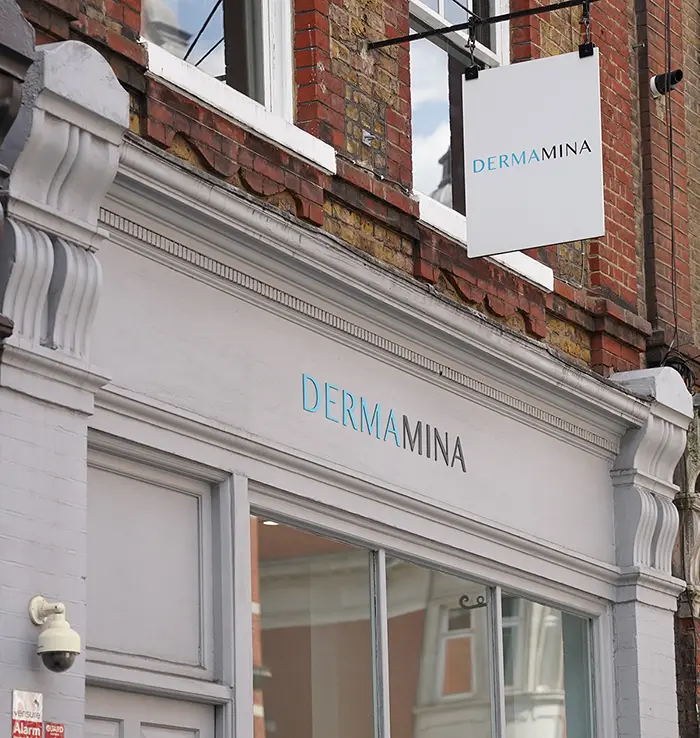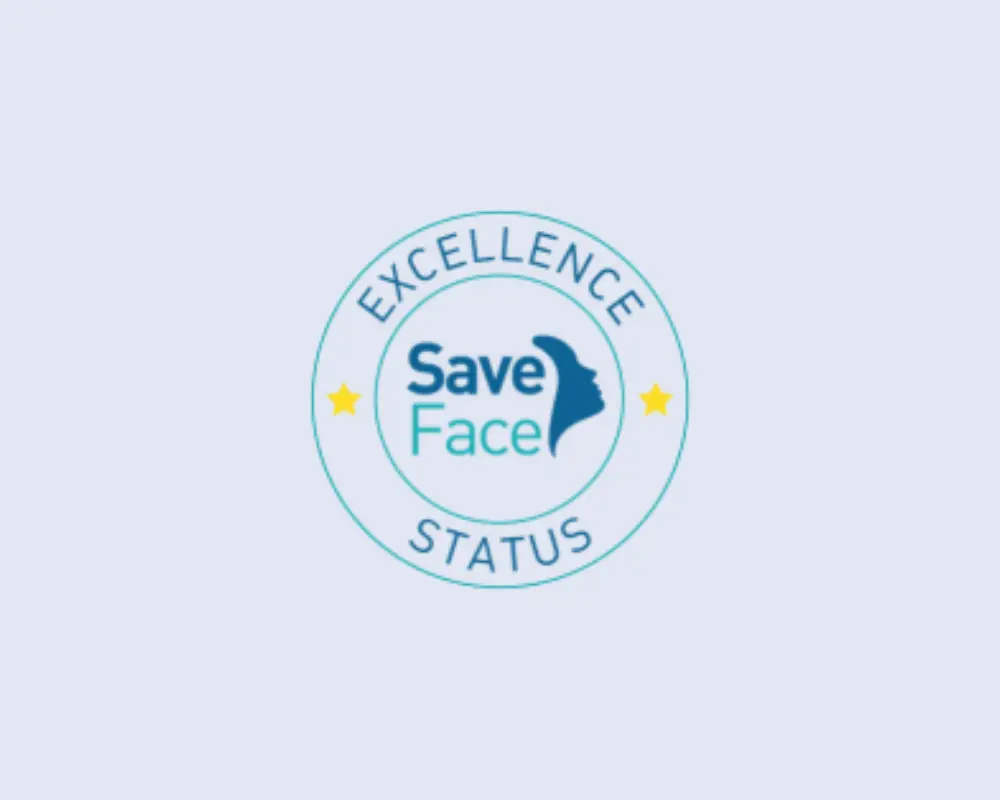PRP For Hair loss
Stimulate Hair Growth With Our Advanced PRP Treatment
At Dermamina, we offer advanced Platelet-Rich Plasma (PRP) treatment for hair restoration. Using your body’s own natural growth factors, PRP helps stimulate healthier, stronger hair growth. To track progress, we use clinical photography and consultation reviews, so you can see visible improvements over time. Our treatment has supported patients with conditions such as androgenetic alopecia and alopecia areata, and is suitable for both men and women seeking a natural, non-surgical solution for thinning hair.
Strengthens existing hair and supports healthier follicles
Revitalises dormant follicles to stimulate new growth
Encourages recovery and growth after hormonal changes
Can be combined with microneedling for enhanced results
PRP For Hair Loss
Platelet-Rich Plasma (PRP) therapy for hair loss is a natural treatment that uses a small sample of your own blood. After separating the plasma rich in growth factors, it is carefully injected into areas of thinning hair to help stimulate and strengthen hair follicles. This encourages healthier, thicker hair growth over time.
PRP is suitable for both men and women and has shown benefits for those experiencing conditions such as androgenetic alopecia and post-pregnancy hair loss. Many patients choose PRP because it is minimally invasive, non-surgical, and works by harnessing the body’s own natural healing response.
At a Glance
- Guide Price: £280 per session.
- Frequency: Initial course once a month for 3 months, followed by maintenance every 3–6 months.
- Risks: Mild redness, swelling, or tenderness may occur but usually settle within 24–48 hours.
- Aftercare: Avoid washing or applying products to the scalp for 24 hours post-treatment. Normal activities can usually be resumed the same day.
What is PRP for hairloss?
PRP (platelet-rich plasma) treatment for hair loss involves using a natural substance taken from the patient’s own blood. The plasma is enriched with essential growth factors – including TGF-beta, PDGF-AB, bFGF, IGF, VEGF and EGF – as well as proteins such as globulin, albumin and fibrinogen. These elements, along with vitamins, minerals and hormones, encourage faster repair and regeneration of tissue. By isolating the plasma, the red blood cells and white cells are removed, leaving behind the powerful components that support the hair restoration process.
The therapy works by improving the thickness and strength of existing hair while helping to slow down further shedding. Many patients notice changes within three months, with continued improvement over a period of six months or more. PRP can also be combined with other approaches such as topical or oral treatments (minoxidil, finasteride), surgical hair transplantation or specialist supplements like Viviscal Professional.
Results have been observed in both men and women with androgenetic alopecia and alopecia areata, making it a versatile and effective option for those seeking a non-surgical solution.
PRP For Hair Loss Before & After
Seeing is believing when it comes to hair restoration. Our PRP treatment gallery showcases real results from patients who have chosen Platelet-Rich Plasma therapy for hair loss. Each image highlights the progress made after just a few sessions, with noticeable improvements in hair density and scalp coverage. Explore the before-and-after photos below to get a clearer idea of what PRP could achieve for you.What is involved in PRP for hair loss?
During the procedure, a small amount of the patient’s own blood is taken and processed in a centrifuge to separate the platelet-rich plasma from other blood components. This concentrated plasma, which is rich in natural growth factors, is then gently injected into the scalp in a precise pattern to encourage follicle activity and improve hair density. A single treatment typically lasts around an hour.
A standard course usually consists of three sessions, one per month, over a period of three months. To maintain results, a top-up session every six months is generally advised.
What are the risks or potential side effects of PRP for hair loss?
PRP is considered a very safe treatment as it uses the patient’s own blood, eliminating the risk of allergic reaction or disease transmission. Side effects are minimal, though some people may notice slight redness, mild swelling or tenderness at the injection sites, which usually settles within a day or two.
What aftercare is required for PRP for hair loss?
Following treatment, patients are asked to avoid washing their hair for the first 24 hours. It is also recommended to avoid vigorous exercise, swimming or excessive sun exposure for a short period. The treatment itself is well tolerated, but if mild discomfort occurs, simple pain relief such as paracetamol can be taken.
What is the cost of PRP for hair loss?
The cost of PRP for hair loss at our clinic is £280 per session. A course of three sessions is generally recommended for the best results, and package prices for this can be discussed during your consultation. Please note that PRP is not usually covered by private health insurance providers.
Is there any preparation needed before having PRP for hair loss?
Patients are generally advised not to wash or heavily style their hair on the day of the procedure. It is also best to ensure good hydration and to eat a light meal beforehand to make the blood draw more comfortable.
Frequently Asked Questions about PRP Hair Treatment

How To Find us
Just a 4 minute walk from Harley Street.
Dermamina is based in the heart of London at 114 New Cavendish Street, just off Great Portland Street and Goodge Street.
We are accessible by 6 underground stations all within a 5-minute walk, including Oxford Circus underground station. We are just a 4-minute walk from Harley Street.
Save Face
You're in safe hands.
At Dermamina we have successfully attained the Save Face Accreditation, which signifies our consistent adherence to the highest industry standards. To earn this esteemed recognition, we underwent a rigorous evaluation conducted by an independent body.
Save Face is a register accredited by the Professional Standards Authority, holding official recognition from the Government, the Department of Health, and NHS England. This acknowledgment underscores our unwavering commitment to delivering exceptional quality services.






